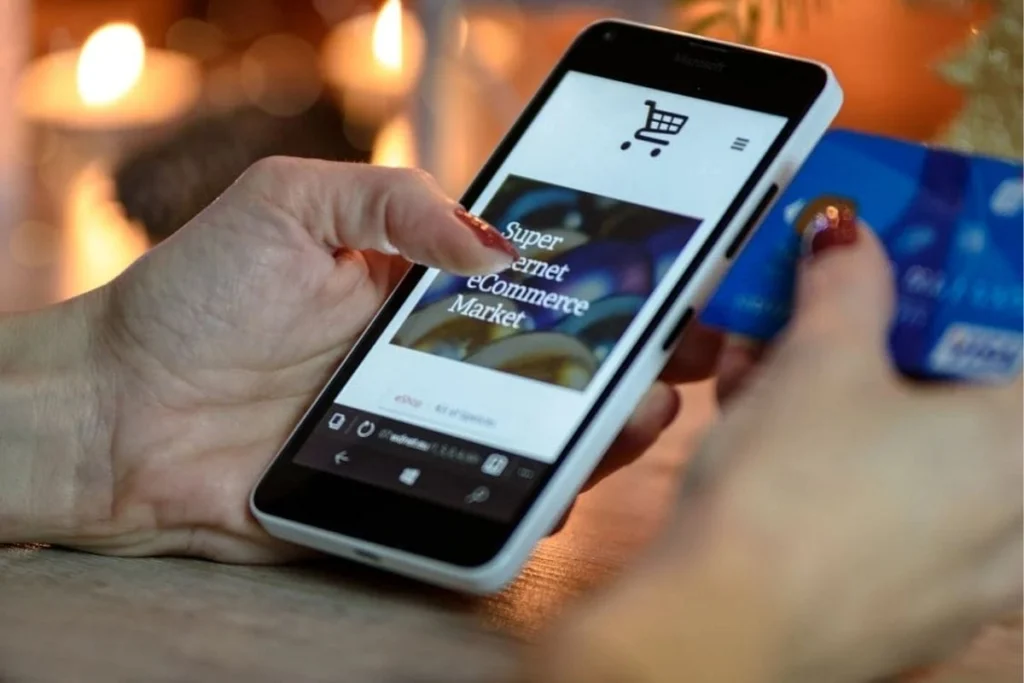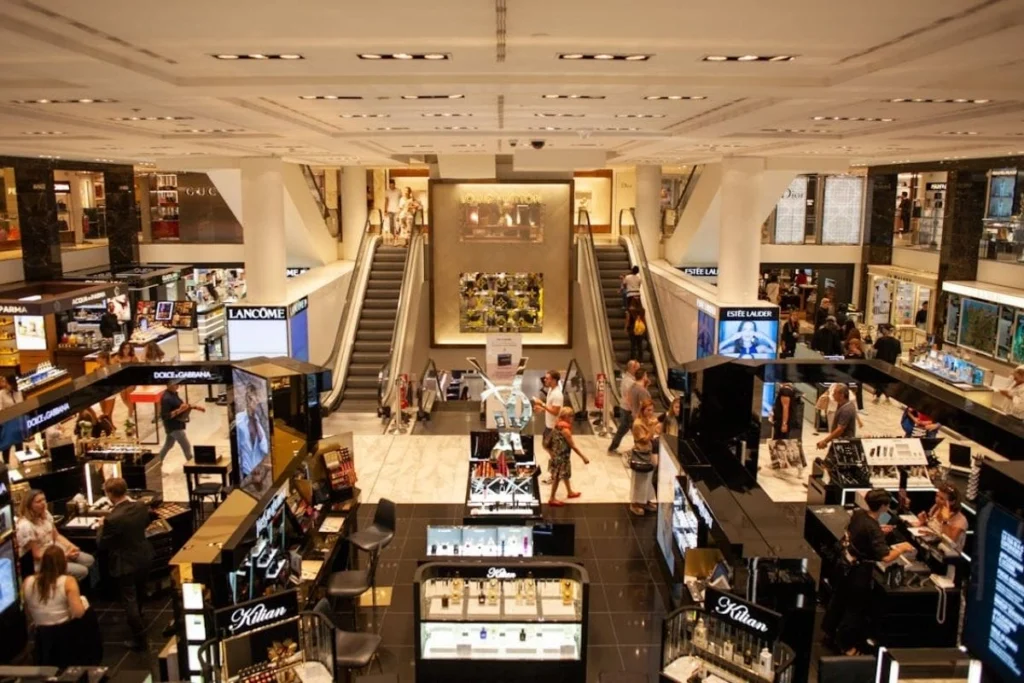5 Segmentation Tactics to Drive Customer Loyalty
It’s not enough to acquire new customers; the real cost-saving value lies in retaining and re-engaging former ones. Yet many brands fall short by sending generic offers or relying on outdated promotional tactics.
If you want past customers to return and buy more, you need a smarter approach: data-driven segmentation based on purchase history and product preferences.
Segmenting with precision allows you to tailor messaging, product recommendations, and incentives that feel personalized, because they are.
In this post, we’ll explore five powerful segmentation tactics that can help revive lost customers and increase the frequency of repeat business.

Segment by Recency, Frequency, and Spend (RFM Rules)
The purchase history of past customers offers clear signals about their buying habits and value to your brand. A well-known and effective framework to start with is RFM segmentation, which classifies customers based on:
- Recency – How long ago did they last buy something?
- Frequency – How often have they purchased from you?
- Monetary – How much have they spent?
Using this model, you can group customers into categories like:
💰 High-spending loyalists – Purchase often and spend a lot. Target them with VIP offers and early access to promote exclusivity.
🙋♀️ Frequent low spenders – Buy repeatedly but spend moderately. Offer bundles or rewards to boost average order value.
💤 Lapsed high spenders – Spend big but haven’t returned in a while. Remind them what they’re missing with personalized re-engagement campaigns.
This step ensures your messaging is tied directly to customer behavior, making promotions more effective and efficient.

Group Customers by Product Category Affinity
Beyond how much customers buy, what they buy is equally important. Segmenting based on product category preferences allows you to make your messaging especially relevant.
For example:
- Customers who frequently purchase natural skincare may be more receptive to messages about ingredient transparency or eco-friendly packaging.
- Shoppers who buy coffee and brewing accessories regularly may respond well to new blend announcements or subscription refills.
- Buyers interested in gifting could be targeted during holidays with curated seasonal bundles.
This approach allows you to:
- Send tailored product recommendations aligned with past purchases.
- Create targeted promotions focused on categories or items they already love.
- Introduce cross-sells or product upgrades relevant to individual interests.
Combining product preferences with behavioral patterns gives you a much sharper lens for crafting marketing emails, push notifications, or retargeting ads that feel personal and useful, not spammy.

Launch Personalized Re-Engagement Campaigns for Lapsed Customers
Lapsed customers offer the best balance of potential ROI and known data. Unlike fully cold leads, you already know what they liked, what they bought, and when they last interacted with your brand. Don’t send them generic blasts. Instead, design re-engagement campaigns around these factors.
Steps:
- Identify customers who haven’t purchased within, say, 3–6 months.
- Segment them by their favorite product categories or previous cart contents.
- Match them with personalized incentives such as “We Miss You” discounts or “Back in Stock” messages for past favorites.
For example:
“Hi Sarah, your favorite Vitamin C serum is back, and this week, it’s 15% off for returning customers like you.”
By making these messages feel custom-fitted, your brand builds familiarity and trust, two critical emotions in winning back old customers and encouraging them to engage again.

Deliver Tailored Product Recommendations in Email and On-Site
If your ecommerce store or CRM supports product recommendation engines, this is where purchase and preference segmentation shines. You can dynamically serve content that shows customers:
- Complementary or upgraded products based on past purchases
- Replenishment reminders for consumables bought on a cycle
- Bestsellers from their favorite category that they haven’t tried yet
Recommendation engines perform best when trained on actual user data. For example:
- A customer who frequently buys hair care products gets promos for hair masks, brushes, or supplements.
- Someone who orders granola bars monthly receives a reminder to restock before they run out or gets offers tied to new flavors.
Whether through email drip campaigns, landing page personalization, or app push notifications, suggestions built around true behavior are more likely to convert and foster loyalty.

Use Feedback Loops and Resegmentation to Stay Relevant
The key to sustained success with segmentation is acknowledging that a customer’s preferences aren’t static. What someone bought a year ago might not reflect their current taste or needs. As such, businesses should:
- Continuously update segments with recent data (e.g., changes in categories purchased, reduced frequency, increased return rate).
- Use interactive emails or post-purchase surveys to collect insights about evolving preferences.
- Identify when customers are shifting segments, such as moving from occasional buyers to frequent purchasers, or downgrading spend.
This adaptive approach prevents tone-deaf campaigns and allows you to reallocate marketing resources where they’ll have the most impact. It also opens doors for cross-sell opportunities based on emerging interests, not just historical patterns.
For example:
A customer who once bought fitness gear but now consistently purchases baby products may require a complete messaging overhaul. Staying nimble with segmentation helps retain that connection as their life and buyer behavior change.
Final Thoughts: Segment with Intention, Not Just Data
Purchase history and product preferences are two of the most valuable dimensions for segmentation, but they only deliver results when used intentionally. By focusing on these five core areas:
- RFM segmentation for behavior analysis
- Product category affinity
- Lapsed customer campaigns
- Dynamic product recommendations
- Resegmentation and feedback-based personalization
You’ll have a vastly improved ability to reconnect with old customers and drive consistent, profitable repeat business.
Ultimately, segmentation isn’t just about dividing your audience; it’s about creating pathways to loyalty by recognizing individual habits, needs, and tendencies.
Brands that do this well earn trust, boost retention, and keep their customers coming back again and again.


